
Explore your neighborhood nature by going on a bug safari.
- Subject:
- Science
- Material Type:
- Activity/Lab
- Demonstration
- Author:
- NC State Parks
- Date Added:
- 06/23/2021

Explore your neighborhood nature by going on a bug safari.

This 5-E lesson introduces the use of nonfiction materials from the library with a maker component. Students willexamine nonfiction materials,draw diagrams,make models,ask questions of others,and explain their work.
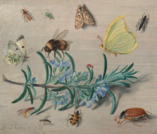
This 6-E lesson introduces the use of nonfiction materials from the library with a maker component. Students willuse critical thinking skills,examine nonfiction materials,draw diagrams,make models,ask questions of others,and explain their work.

This 6-E lesson introduces the use of nonfiction materials from the library with a maker component. Students willuse critical thinking skills,examine nonfiction materials,draw diagrams,make models,ask questions of others,and explain their work.
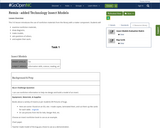
This 5-E lesson introduces the use of nonfiction materials from the library with a maker component. Students willexamine nonfiction materials,draw diagrams,make models,ask questions of others,and explain their work.
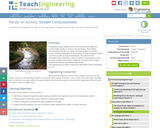
During this activity, students will learn how environmental engineers monitor water quality in resource use and design. They will employ environmental indicators to assess the water quality of a nearby stream. Students will make general observations of water quality as well as count the number of macroinvertabrates. They will then use the information they collected to create a scale to rate how good or bad the water quality of the stream. Finally, the class will compare their numbers and discuss and defend their results.
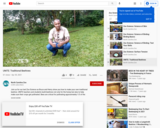
Join us for our last Zoo Science as Bruce and Henry show you how to make your own traditional beehive. UNITE teachers and students build beehives not only for the honey but also to help make sure their crops get pollinated. Bees are critical for pollinating approximately 1/3 of the food we eat.

Individual Assessment: Using what you’ve learned so far, come up with a model to explain this new phenomenon. Be sure to include all key components and interactions from your “Gotta Have It” checklist.

Learn what a pollinator is, and why they are important. Look at some pollinator examples and some pollinator plants, then try to create your own pollinator u...
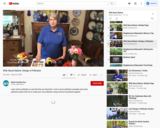
Learn what a pollinator is, and why they are important. Look at some pollinator examples and some pollinator plants, then try to create your own pollinator using common household supplies.

We usually consider them to be the creepy crawlies of the world, but these important animals are only literally "spine-less." Learn how invertebrates rule the world by keeping us and the world around us healthy.
We have created helpful clips if you are unable to watch the whole video:
3.L.1 Invertebrate Exoskeleton (1 min) = https://youtu.be/z6kIGdVJdp8?t=398
4.L.1 Spiracles (1 min) = https://youtu.be/z6kIGdVJdp8?t=978
Animal Ambassador Clips:
Madagascar Hissing Cockroach (5 min) = https://youtu.be/z6kIGdVJdp8?t=891
Chilean Rose Hair Tarantula (7 min) = https://youtu.be/z6kIGdVJdp8?t=1411
African Giant Millipede (7 min) = https://youtu.be/z6kIGdVJdp8?t=1937